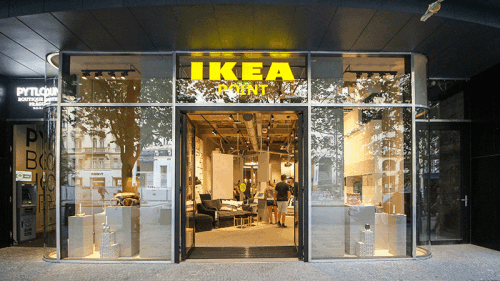Watch a video of the panelists being interviewed and offering their individual thoughts on the building in this market.
Some housing markets are beginning to stir, be they ever so humbly micro-markets. That’s one conclusion drawn by a panel sponsored by ULI San Francisco, which dug into some of the details of nascent recovery, and what might be ahead. Some lessons learned and strategies offer insights to other markets responding to pockets of job growth. And looking ahead to better days, one panelist pressed developers and investors to harvet at least a portion of projects-in-progress to headge against surprises.
Developers Sares-Regis and Summerhill cited projects that are selling well, primarily smaller 15-50 home projects that can slip into infil sites close to growth companies announcing hiring, and at transit centers which offer a mixed-use, retail and entertainment neighborhood experience, and not just trains. Studying micro-market rental and sales trends are crucial to creating a successful project, they said.
Despite the developers’ caveats of the fragile nature of the recovery, the San Francisco Bay Area is seeing some light at the end of the recession tunnel. Property acquisitions made over the past 12 months are looking downright smart, according to the panel.
The Bay Area has weathered the recessionary storm better than most regions but continues to wade through a backlog of foreclosed homes, such that virtually no for-sale housing has started construction in the past two years. Things are changing, as Sares-Regis and Summerhill cited projects that are selling well.
But are things really getting better? If there are pockets of demand that need supply, are homebuilders really ready to pull the trigger? And at what risk-based pricing?
San Francisco Bay Area housing development is largely still in the hands of rental-developers—who are dominating the local market in land sales and development—so for-sale construction will remain largely flat in 2011, according to the panel.
Then, in waking up the morning audience, Robert Freed, president of Summerhill Homes, gave an account of a 53-home development his firm opened in the Silicon Valley town of Mountain View—where buyers queued up well in advance to get first opportunity to buy.
“It’s been so long, it’s nice to have something like this,” said Freed, who was quick to point out the anomaly of the project. “We’re basically at ground zero for the recent tech job growth, so we’re a bit lucky to be in the right place at the right time.”
Mark Kroll of Sares-Regis, an infill developer of primarily attached for-sale homes, offered a few guideposts:
“Lenders and investors have it all backwards. Banks tend to lend more freely when values are high. For example, when office values were $600 per square foot in San Francisco, the banks would lend you a lot of money. When values fell to $150 per square foot on the same buildings, they wouldn’t lend you a nickel.
“This industry is basically operating under ten-year cycles, but it has five-year memories.”
And on a more serious note: “There are many reasons for homebuilders to move cautiously, and we see a very bumpy year ahead. One issue is the dramatic change with Fannie and Freddie going away, which we believe will happen,” added ULI member Kroll.
“Consumers love everything that’s green and sustainable, but they’re just not willing to pay for it,” Freed added. “I do think we’re beginning to see the younger buyers appreciate and want solar and other green aspects. It’s an evolving component that’s gaining ground, but for the most part buyers just haven’t seen the value.”
At Summerhill’s Grant Road development, the firm decided to install solar panels with all the homes, and got the cost down to about $10,000 per house. It was a very good number and helped differentiate the community, Freed observed, but it wasn’t the compelling sales-feature one would like it to be.
When asked what might happen with publicly traded homebuilders, Freed said: “In certain markets—not northern California, where builders can manufacture the homes on well-priced lots—they will dominate. But I don’t understand where some are building at a land-basis at which you cannot make a return for your investors, and you’re just keeping the [company’s] doors open. So I see more consolidation ahead for large builders.”
Said Phil Mader of national real estate investment firm Blackrock and ULI member, “I don’t see the public builders being that active in northern California, given the highly competitive market and the entitlements challenge. There are really no developers who are providing finished lots, which is what they rely on in other regions.”
Under the topic of lessons learned or tactics that the builders employ, an audience member asked about hedging strategies.
Said Freed, “We don’t hedge per se, as you see public builders do, but we look at what our exit strategy will be. One of our goals is to sell at least one entitled project a year to a public builder, so we’re not hedging currency or interest rates, but we are hedging against market cycles. That is, where we may be fortunate to entitle a project that attracts the right interest and we can sell that entitled project where we’ve created value, we’ll take some of that value off the table, book those profits so that we won’t lose it if there’s a down cycle ahead.”




